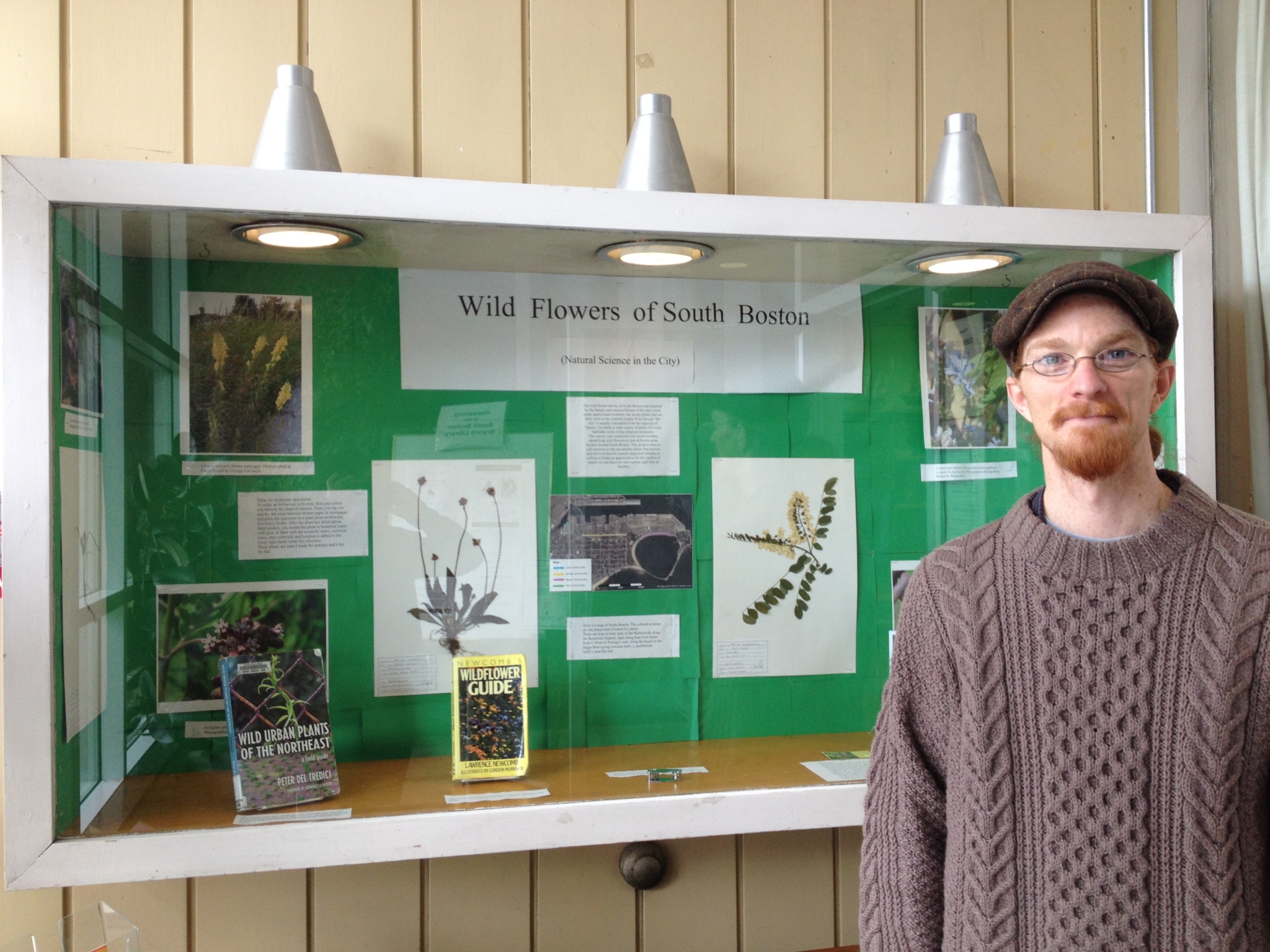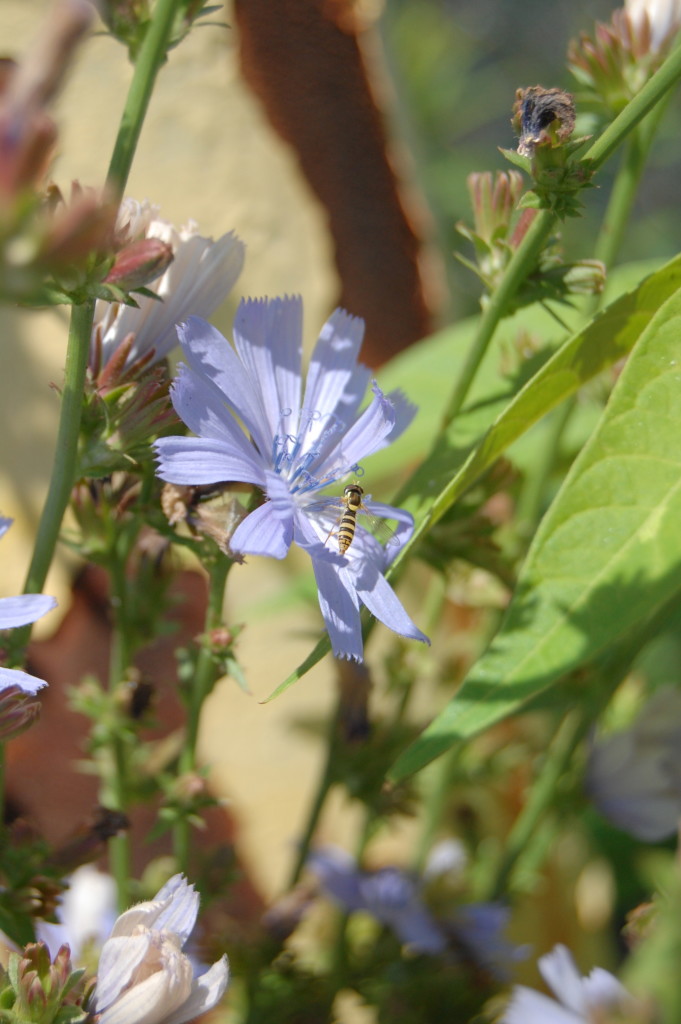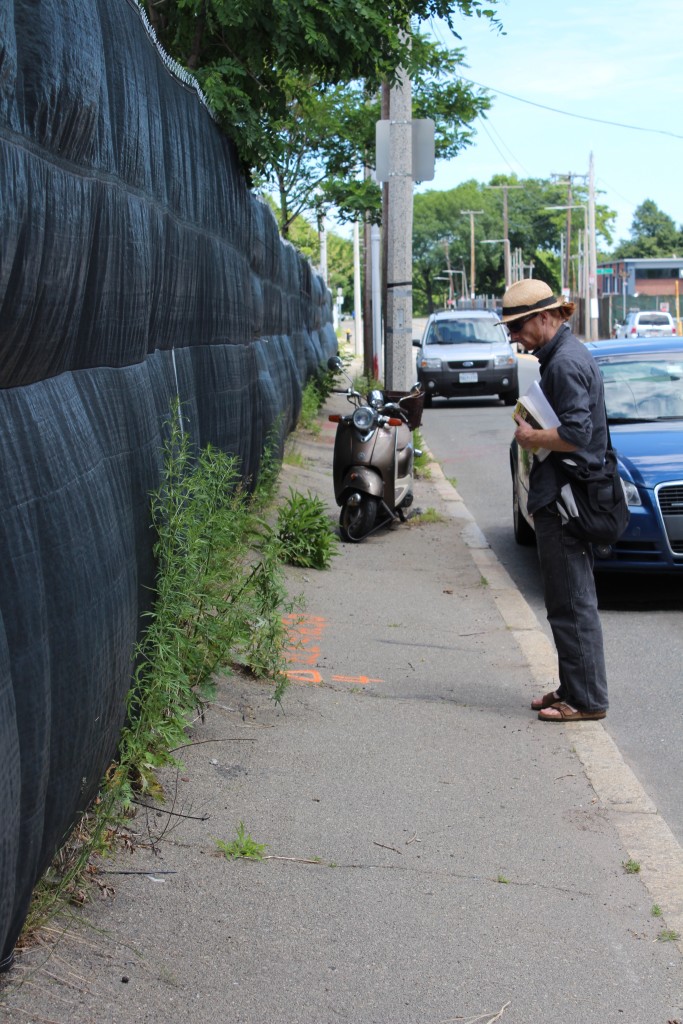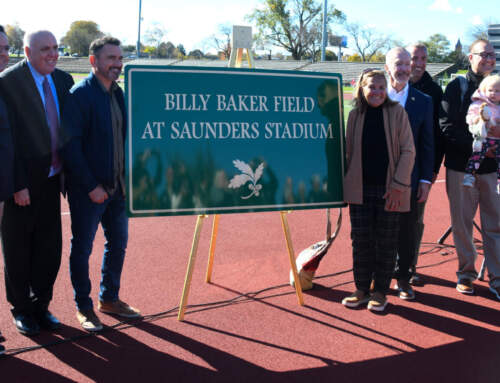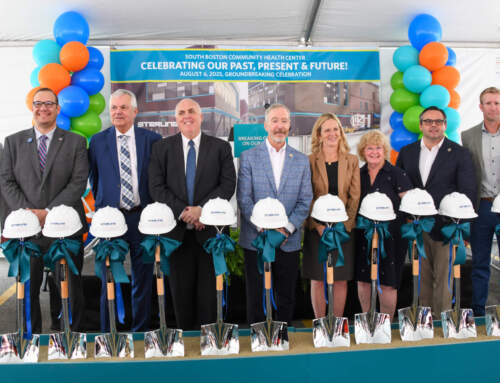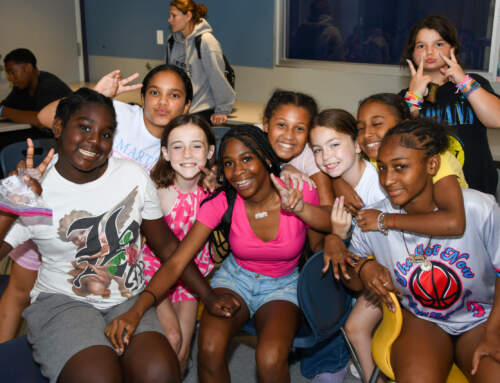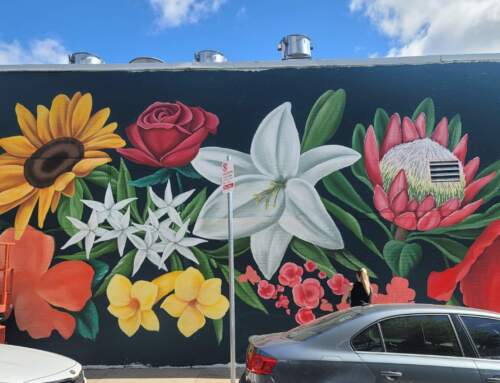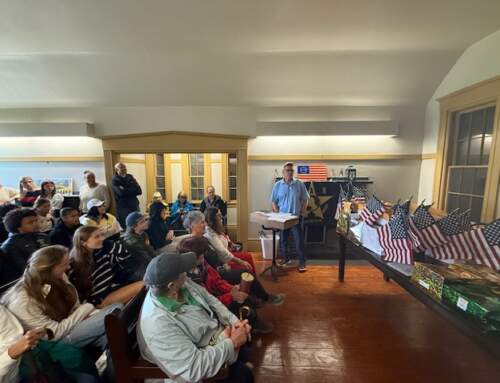There are two stories here: To begin with, a staunch South Bostonian named Marjorie M. Gibbons endowed an annual series of lectures to be given in her memory at the South Boston Branch Library. These have taken place in the spring of each year since 1981; the 36th Annual Gibbons Lecture is at hand. It will be Thursday, May 5, at 6:30 p.m., in the Public Room of the South Boston Branch Library at 646 East Broadway. Everyone is welcome. There is no charge.
Second, George LoCascio, a local naturalist, will deliver the 2016 Gibbons Lecture that he has entitled “A Beautiful Dismissal: The Unnoticed Nature of South Boston.” Specifically, the topic of his talk will be his “Wildflowers of South Boston” survey, which he completed during the summer of 2014 and earned him a Field Botany Certificate from the New England Wildflower Society.
You might well question the subject of George’s talk: “Wildflowers of South Boston?” Well, they are out there. (Take a look at the delicately beautiful chicory flower in the accompanying photograph as just one example.) And you are well aware of South Boston’s many other wild denizens – a coyote, red-tailed hawks by Moakley Field, Southie’s fearless American hen turkey, and too many skunks, possums, and raccoons to count. So why not wildflowers?
Now, botany is not just a pursuit of wild beauty. It’s also a science. During his summer-long survey, George was able to find and positively identify 75 wild plant species in South Boston that are members of 24 separate taxonomic families. Of these 75 species, just 19 are native to America and 56 are non-native. Sounds like the people who populate America nowadays, doesn’t it?
As references, George used Newcomb’s “Wild Flower Guide” and “Wild Urban Plants of the Northeast.” Take a quick glance through these books after George’s lecture – you may find yourself becoming intrigued by our local wildflowers.
Here are a few examples of species that George spotted in the old hometown: common dodder, a saprophyte like mistletoe; milkweed, in which our gorgeous Monarch butterfly lays its eggs; dandelion, whose name comes from the French “dent de lion” (lion’s tooth); a shrub named glossy buckthorn; and the fragrant Japanese honeysuckle – check out its floral scent. How well that list reflects the polyglot nature of the South Boston community.
George LoCascio III is the son of South Bostonians George and Mary (Hurley) LoCascio. He was born and raised while the LoCascio family was living in Braintree. He has lived a varied and interesting life so far, from becoming an Eagle Scout, to working as a carpenter and a blacksmith, to serving as an Americorps volunteer and a firefighter with the U.S. Forest Service. He has worked in the Butterfly Museum in Boston’s Museum of Science and is now pursuing a degree in biology.
Don’t miss this particular Gibbons Lecture. It will be exciting and informative. You’ll receive an update on what we have within – and on the edge of – our urban concrete jungle. Will there be some kind of “message” in George’s Gibbons Lecture? Yes, there will. In George’s own words, he simply suggests, “Slow down. Look.”

